TonyUSA
No longer a newbie, moving up!
- Joined
- Jul 29, 2015
- Messages
- 456
- Reaction score
- 59
- Location
- USA
- Can others edit my Photos
- Photos OK to edit
When using with TTL. The guy on the youtube said we should leave High speed sync on at all time as HSS will kick in when it need it. Is this true? I though to turn on HSS only when I need to use HSS.
Thank you,
Thank you,


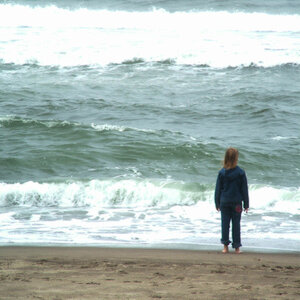
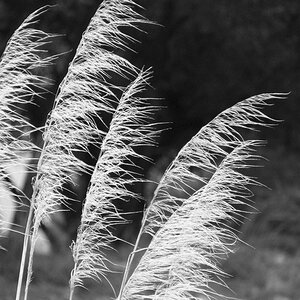
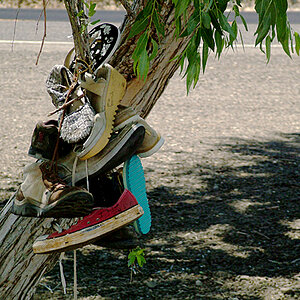
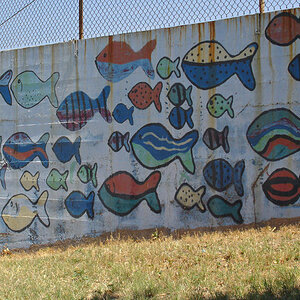
![[No title]](/data/xfmg/thumbnail/32/32154-8c44f76cb4a7777142bd645c3624daac.jpg?1619735234)
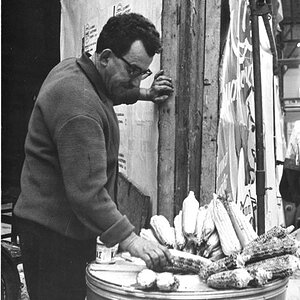
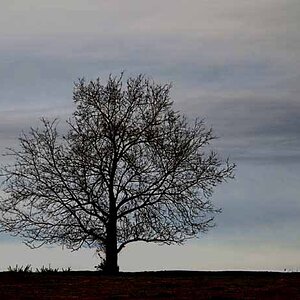
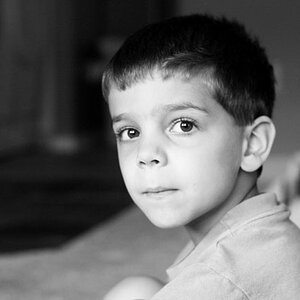
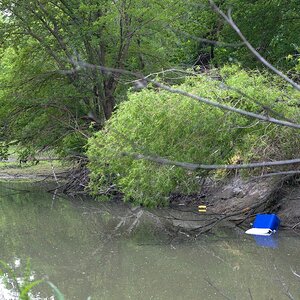
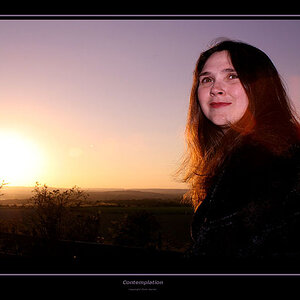
![[No title]](/data/xfmg/thumbnail/30/30859-ec099dbef074432d32832fceb25cf539.jpg?1619734479)
